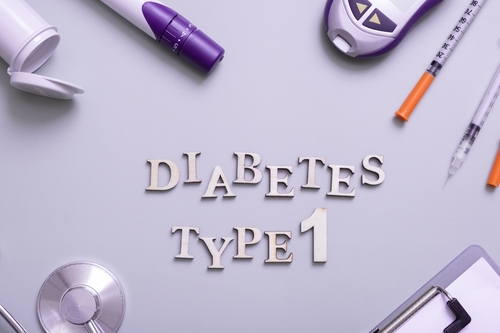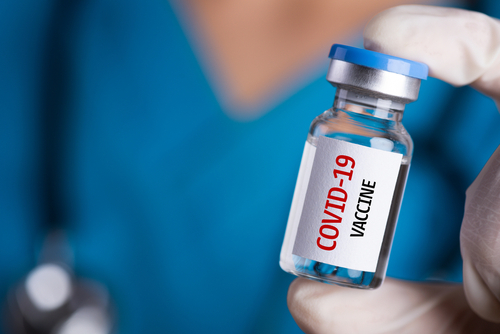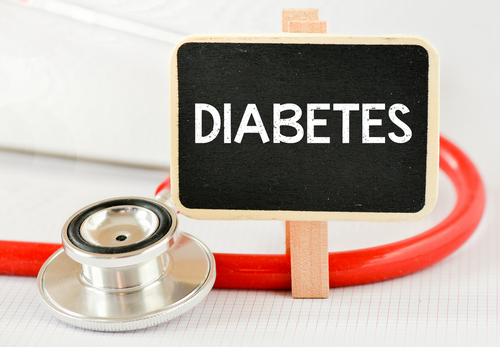
“Long COVID” refers to ongoing symptoms or new symptoms that patients experience after acute infection with the SARS-CoV-2 virus, a phenomenon termed “post-acute sequelae of COVID-19” or PASC amongst the medical community [1]. Following initial reports of patients experiencing these persistent symptoms long after recovery from acute COVID-19 infection, there were many hypotheses generated regarding a potential pathophysiologic mechanism behind their etiology. While initial studies have characterized PASC, there is a paucity of evidence to date fully exploring PASC and the possible mechanisms, including immune-mediated, that may be contributing to long COVID.
A recent study by Sneller et al in Annals of Internal Medicine has sought out to characterize risk factors, clinical features and laboratory results among patients with PASC [2]. This baseline study, as part of an ongoing longitudinal study by the NIH, enrolled 309 participants including 189 participants with history of laboratory-confirmed SARS-CoV-2 infection and 120 controls (with no history of COVID-19 or antibodies to SARS-CoV-2). Amongst the 189 with history of COVID-19, 104 had a history of PASC and 85 had no prior PASC. PASC was defined as any symptom or medical condition that began or worsened after the onset of COVID-19 infection, or the first positive RT-PCR result for those with asymptomatic infection, with symptom(s) still present at time of study enrollment. The participants completed an extensive evaluation including questionnaires about symptoms as well as quality of life, mental and physical health, neurocognitive assessments, pulmonary function tests and Echocardiography, and blood samples to compare serologic markers and immunologic parameters [2].
The study enrolled participants from June 2020 to July 1, 2021. There were no major differences in the prevalence of laboratory parameters including C-reactive protein as well as autoantibody positivity including antinuclear antibody (ANA), rheumatoid factor (RF), and anticardiolipin antibodies between the control group versus the COVID-19 cohort. Those testing positive for autoantibodies did not have clinical findings compatible with diagnoses of systemic lupus erythematosus, myositis, rheumatoid arthritis or thrombotic events from antiphospholipid antibody syndrome. Similarly, the study found no significant differences in plasma levels of cytokines (such as interferon-y, TNF-a, IL-1B, IL-6) or the frequencies of CD4+ and CD8+ T-lymphocyte subsets between groups. And while they did find plasma levels of granzyme B and a CD4+/CD25+ T-lymphocyte subset with effector memory phenotype were increased in COVID-19, these levels were not significantly different between those with versus without PASC, suggesting they were not playing a role in the pathogenesis of PASC [2]. Thus, these findings suggest while autoantibody generation may be discovered in some patients after COVID-19 infection, they do not appear to be associated with persistent immune system activation or the generation of clinical manifestations of rheumatic autoimmune disease.
There were no significant, major differences between COVID-19 survivors and the controls in objective tests including the physical exam, inflammatory biomarkers and neurocognitive testing. Participants experiencing “long-COVID” or PASC reported more symptoms and worse physical and mental health compared to COVID-19 survivors without PASC and the controls. In evaluating the risk factors for PASC, the study found only female gender (OR 2.34) and self-reported history of anxiety disorder (OR 2.78) were significantly associated with increased risk for PASC [2].
There are several limitations for the study that are noted by the authors, including (1) participants had mild to moderate initial illness and were not hospitalized, (2) the control participants were not matched for age or gender to the COVID-19 participant group, and (3) the prevalence of PASC may have been overestimated given those with PASC were likely more inclined to enroll in the study. The study examined 189 participants with COVID-19 of which only 104 had PASC, a sample size that may not entirely capture the full breadth of PASC. Additionally, a large proportion of the enrollment period of the study occurred prior to the release of the COVID-19 vaccines, which may not be an accurate reflection of the phenotype of PASC in vaccinated individuals.
For the rheumatologist, this study offers some unique novel data that demonstrated there was not an increase in autoantibodies amongst those with COVID-19 infection compared to controls. This suggests that some of the autoantibody positivity detected after COVID-19 infection may be entirely unrelated to the infection or post-infection sequelae, and instead incidental positivity. Although this study did not demonstrate objective testing differences or a cause to explain symptoms of PASC, it is important to note the limitations and the possibility of other pathophysiologic mechanisms that have not been elucidated. The authors for example point out there was not evidence of persistent viral infection as measured by viral nucleocapsid protein in plasma or nasopharyngeal specimens of SARS-CoV-2 RNA, but this does not rule out the possibility of occult viral infection in deep tissues that are hard to access. Regardless, this study helps provide some foundational exploration into PASC and “long COVID” — though further work is needed, and definitive conclusions cannot be made from this one study alone.
References
[1] Long-COVID, Yale Medicine FactSheet. https://www.yalemedicine.org/conditions/long-covid-post-acute-sequelae-of-sars-cov-2-infection-pasc
[2] Sneller MC, Liang CJ, Marques AR, et al. A longitudinal study of COVID-19 sequelae and immunity: baseline findings. Annals of Internal Medicine. 24 May 2022. [Epub ahead of print]. 10.7326/M21-4905







 © 2025 Mashup Media, LLC, a Formedics Property. All Rights Reserved.
© 2025 Mashup Media, LLC, a Formedics Property. All Rights Reserved.